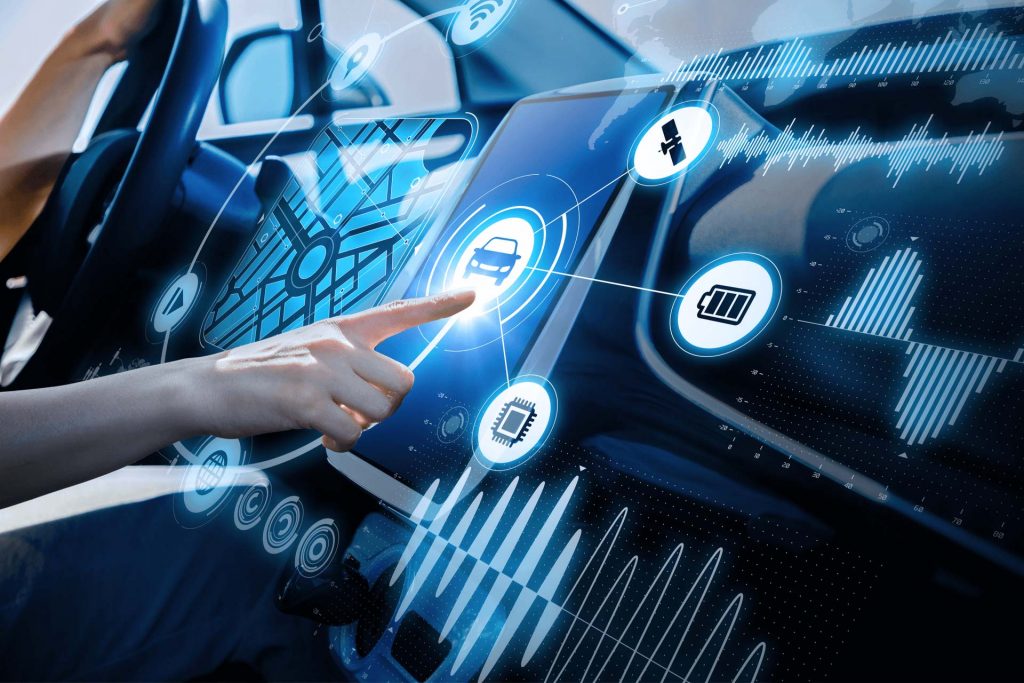Cybersecurity has become a growing concern for many law enforcement agencies in the last decades. They have had to adopt a new way of approaching some cases where the perpetrators are not physically present; instead, viruses and intricate code lines are the long-distance weapons of choice.
CYBERSECURITY FOR CARS
Today more than ever, our everyday lives depend on technology that runs on complex pieces of software. Information systems grow steadily, and with it, our vulnerability when those systems get attacked. Thus, cybersecurity began out of the necessity to protect the software and protect ourselves.
When talking specifically about cars, cybersecurity becomes even more critical; vehicles today include components and systems that rule over our safety while we are using them. These features must be protected against, for instance, unauthorized access, harmful attacks, damage, or anything that could get in the way of their safety function.
With the growing popularity of the concept of Automated Vehicles, these concerns get more prominent. Today’s cars already include assistive technologies such as automatic emergency braking, forward collision warning, and vehicle safety communications. These technologies might become the norm in the future, and agencies are getting concerned; the need to make sure that a cybersecurity environment is put in place inside the software is now paramount.
The NHTSA, for instance, has started closely collaborating with the automotive industry to address vehicle cybersecurity, to continuously find protocols to minimize any potential safety risk that comes with the implementation of these technology features.
HOW CAN VEHICLES BE PROTECTED?

Cybersecurity on a vehicle, roughly speaking, is no different than in any other piece of technology that bases its main functions on running software. Therefore, a multi-layered approach is being implemented to protect it, focusing on a vehicle’s main wired and wireless entry points that could potentially be vulnerable to a cyberattack.
Implementing a multi-layered approach reduces the probabilities of success when the vehicle suffers a cyberattack and minimizes the consequences of the intrusion if successful, or it can halt it altogether. To develop this systematic approach, the NHTSA includes the following:
- Architectures, methods, and measures that design in cyber resiliency and facilitate rapid recovery from incidents when they occur
- A risk-based prioritized identification and protection process for safety-critical vehicle control systems
- Timely detection and quick response to potential vehicle cybersecurity incidents on America’s roads
- Methods for practical intelligence and information sharing across the industry to facilitate quick adoption of industry-wide lessons learned. NHTSA encouraged the formation of Auto-ISAC, an industry environment emphasizing cybersecurity awareness and collaboration across the automotive industry.
There’s also a Vehicle Cybersecurity Training Curriculum to ‘cyber educate’ the existing workforce of the automotive industry. This is a crucial step that will aid the industry with improving the implementation of the cybersecurity posture of motor vehicles.
The NHTSA also promotes collaborations amongst the industry’s main stakeholders to ensure that current safety applications, and those planned for future vehicles, are envisioned within a collective body of knowledge that enables the development of comprehensive research plans and tools to be applied in this area.
This article was brought to you by Kustom Signals, a leading provider of law enforcement speed enforcement and video solutions.

